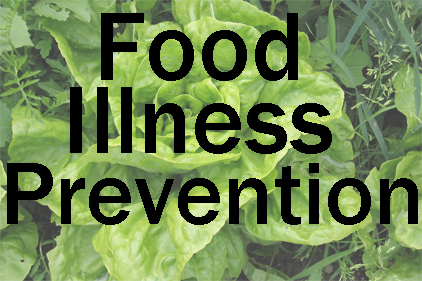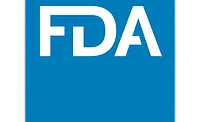TECH FLASH
Review your food safety strategies for National Food Safety Month
Is your operation compliant with new government food safety regulations?

September is National Food Safety Month, a good time for manufacturers and distributors to make absolutely sure they understand and are compliant with new government food safety regulations. Food Engineering discussed best practices for food safety strategies and available resources with Joe Scioscia of VAI, a provider of ERP solutions.
FE: What is a manufacturer’s first step in complying with food safety regulations?
Scioscia: Food safety strategies involve inventory management, product tracking and automated recordkeeping. But the first step is to develop a written food safety plan that identifies and evaluates known or reasonably foreseeable hazards for each type of food manufactured, processed, packed or held at the facility.
FE: What information is included in the food safety plan?
Scioscia: The plan must include preventive controls to provide assurances hazards reasonably likely to occur will be minimized or prevented. Preventive controls may include process controls, food allergen controls, sanitation controls and a recall plan.
A food safety plan should also include monitoring procedures to provide assurance preventive controls are consistently performed, as well as the records to document the monitoring. A plan must also include corrective actions, in case preventive controls are not properly implemented.
Finally, food safety plans should include verification activities to ensure the consistent and effective implementation of preventive controls. Verification activities might include validation the preventive controls are adequate for their purpose and are effective in controlling the hazard, activities to verify controls are operating as intended and a review of monitoring records. Recordkeeping is an additional component of a proper food safety plan.
FE: Can improved technology and increased training play a role in ensuring food safety compliance? What are possible limitations?
Scioscia: Technology plays an important role in helping companies define their processes and in tracking inventory throughout the supply chain, but training is an essential component for warehouse food safety. All employees should understand and be aware of the hazards of adulterated or compromised foods.
Managers and supervisors should be trained to understand the key leadership role they play in sanitation and should be updated with any changes in industry regulations. All food handlers should be trained in good manufacturing practices (GMPs) and standard sanitation operating procedures (SSOPs).
Looking for a reprint of this article?
From high-res PDFs to custom plaques, order your copy today!







